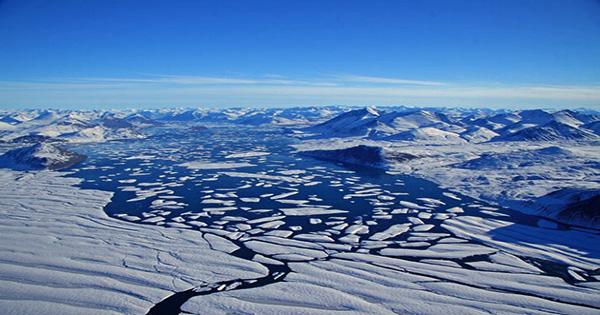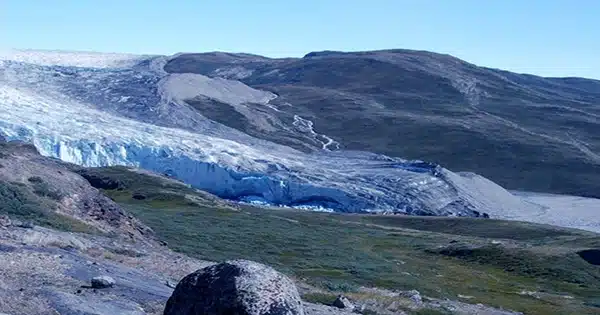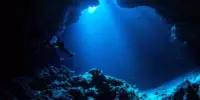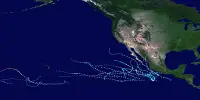Greenland’s mile-thick ice sheet disintegrated some 416,000 years ago during a period of moderate natural warming, causing global sea levels to rise to levels that would be disastrous for coastal communities today, according to a study released Thursday.
The findings contradict a long-held belief that the world’s largest island has been an unassailable fortress of ice for the past 2.5 million years, indicating that it would be significantly more sensitive to human-caused climate change than previously assumed.
“If we want to understand the future, we need to understand the past,” said Paul Bierman, a University of Vermont professor who co-led the article published in Science.
The scientists at Camp Century, a classified US military installation that operated in the 1960s, recovered an ice core 4,560 feet (1,390 meters) beneath the surface of Northwest Greenland.

This 12-foot-long earth and rock tube was lost in a freezer until being recovered in 2017.
Scientists were astounded to discover that it contained not only sediment but also leaves and moss – indisputable proof of an ice-free terrain, maybe covered by an ancient forest where woolly mammoths roamed.
A green Greenland: Despite the fact that researchers were denied access to the valuable sample for decades, Bierman believes it was “providential,” because the cutting-edge procedures employed to date the core are relatively new.
Among these is “luminescence dating,” which enables scientists to estimate when silt buried under the Earth’s surface was last exposed to light.
“As sediment is buried beneath the surface, background radiation from the soil fills in the little holes or imperfections in minerals like quartz or feldspar, and builds up what we call a luminescence signal over time,” co-author Drew Christ explained to AFP.
Scientists exposed internal ice core strips to blue-green or infrared light in a dark environment, releasing trapped electrons that form a kind of ancient clock that shows the last time they were exposed to sunshine, which erases the luminescence signal.
“And the only way to do that at Camp Century is to remove a mile of ice,” said Tammy Rittenour, a Utah State University co-author of the study. “Plus, to have plants, you need light.”
The conclusion of the ice-free time was determined by luminescence dating, with the beginning determined by another technique.
When the ground is exposed to the sky and cosmic rays, uncommon versions of the elements beryllium and aluminum, known as isotopes, grow up inside the quartz from the Camp Century core.
The scientists were able to deduce how long the rocks were at the surface vs how long they were buried by comparing the ratio of the normal versions of these elements to the uncommon isotopes.
They discovered that the silt had been exposed for fewer than 14,000 years, implying that this is how long the area was ice-free.
Coastal cities imperiled: The Camp Century core was collected only 800 miles from the North Pole, and the analysis revealed that the entire region would have been covered in vegetation.
This occurred during an interglacial period, when temperatures were similar to today, roughly 1.8-2.7 degrees Fahrenheit (1-1.5 degrees Celsius) warmer than the pre-industrial age.
The team’s simulation revealed that the melting ice sheet would have resulted in a five to twenty-foot rise in sea level at the time.
This means that every coastal region on the planet, which is home to major global population centers, is at risk of being submerged in the next centuries.
The interglacial era that warmed Greenland during this period lasted tens of thousands of years, much longer than anything humans have induced so far, according to Joseph MacGregor, a NASA climate scientist who was not involved in the study.















